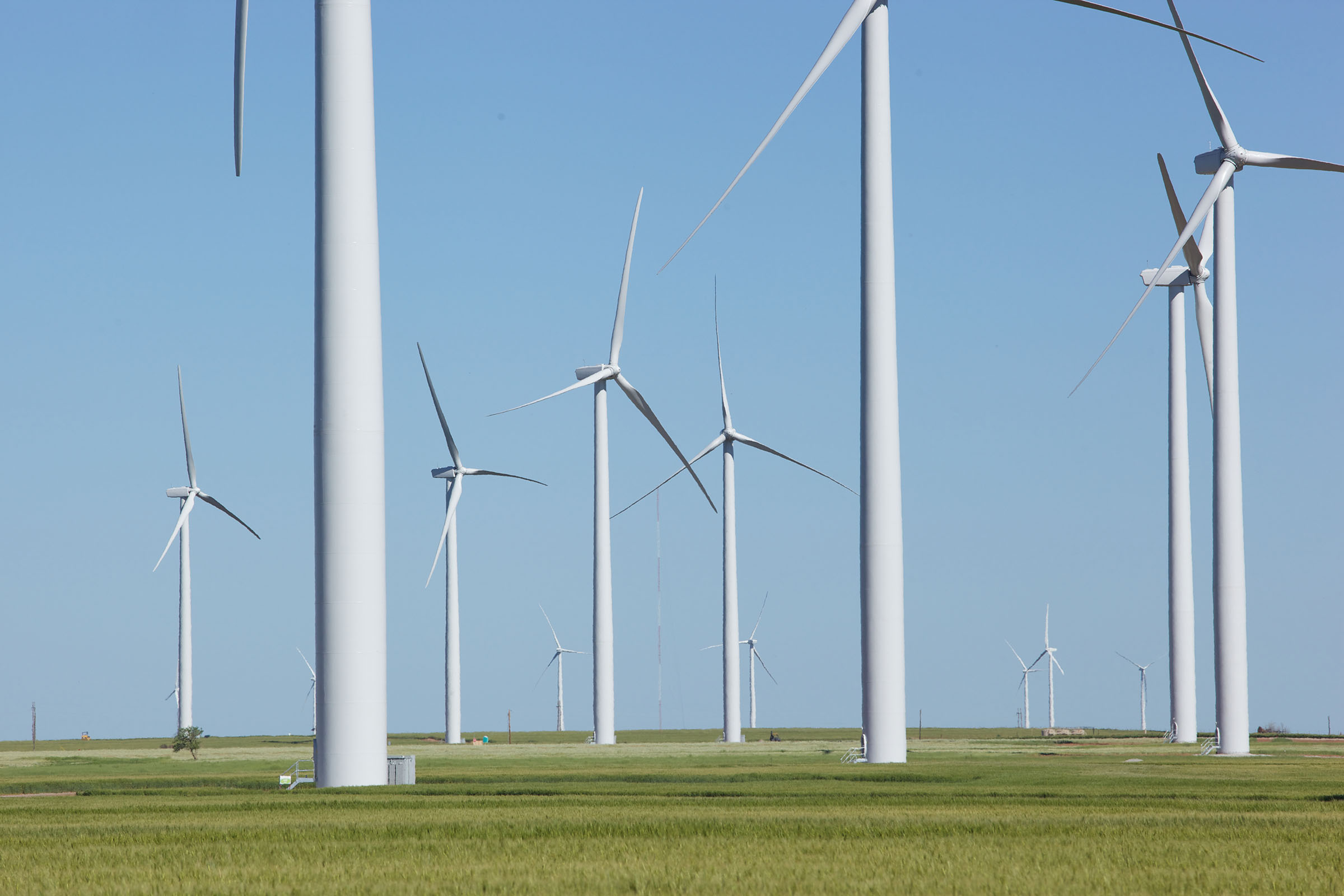At a Glance
-
5M+ha
Land Burned in NSW
- Location
- New South Wales, Australia
- Offices
-
- Location
- New South Wales, Australia
- Offices
Share
Bushfire Recovery Ecology Field Assessment
In 2019-2020, bushfires heavily impacted several states and territories across Australia. A wildlife sanctuary on the South Coast of New South Wales (NSW) was greatly affected by fires. Our team—an ecologist and two remote pilots—supported the sanctuary by completing a preliminary ecology field assessment.
Using a drone and 19mm thermal camera, we helped identify preferred locations for supplementary food and water drops for native animals who escaped the fire but needed support while the habitat recovered. We coordinated with NSW National Parks and Wildlife Services and the Nowra Fire Control Centre to gain approvals to fly in an area with active bushfire operations and nearby restricted airspace. Despite it being more than 30 days since the fire passed, the thermal camera was also able to pick up hotspots where logs and stumps continued to burn.
The use of passive thermal sensors enables ecological surveys to be carried out quickly where access on foot would have been difficult or dangerous, while reducing disturbance to fauna.
At a Glance
-
5M+ha
Land Burned in NSW
- Location
- New South Wales, Australia
- Offices
-
- Location
- New South Wales, Australia
- Offices
Share
Amy Steiger, Geospatial Discipline Lead, ANZ
Spatial science and digital technology is expanding at a rapid pace, and I love how we can use this knowledge to improve project outcomes.
We’re better together
-
Become a client
Partner with us today to change how tomorrow looks. You’re exactly what’s needed to help us make it happen in your community.
-
Design your career
Work with passionate people who are experts in their field. Our teams love what they do and are driven by how their work makes an impact on the communities they serve.























